Home>Storage & Organization>Kitchen Organizing Tools>Why Does My Cat Pee Next To The Litter Box?
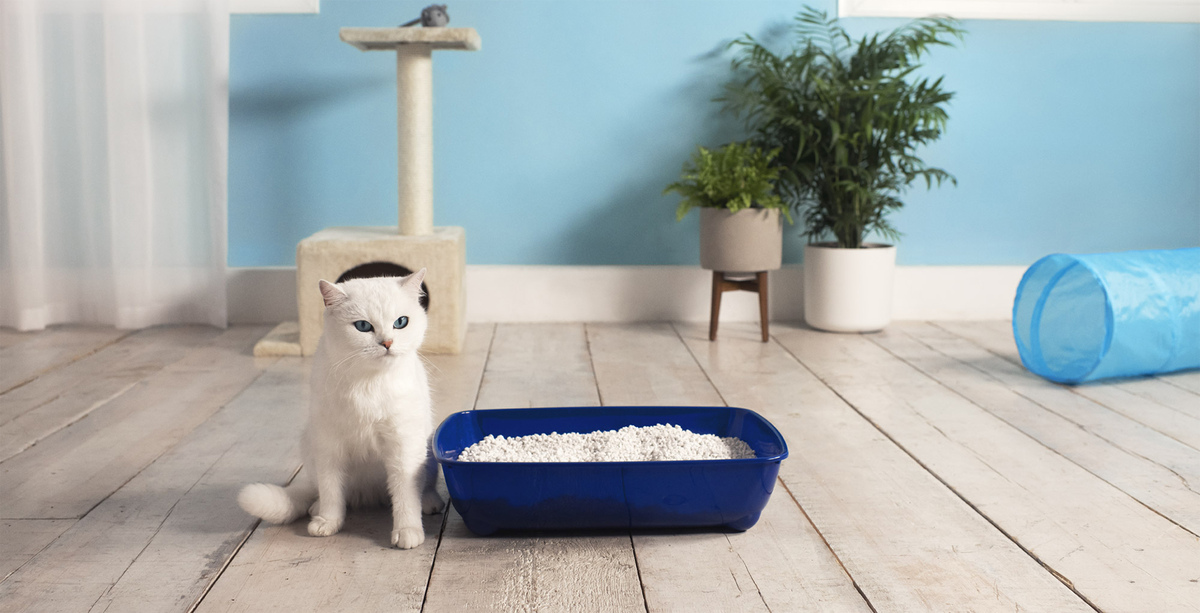

Kitchen Organizing Tools
Why Does My Cat Pee Next To The Litter Box?
Modified: March 2, 2024
Discover the best kitchen organizing tools to keep your space clutter-free and efficient. Find solutions for every corner of your kitchen.
(Many of the links in this article redirect to a specific reviewed product. Your purchase of these products through affiliate links helps to generate commission for Storables.com, at no extra cost. Learn more)
Introduction
Cats are beloved companions known for their independent nature and endearing quirks. However, one common frustration that cat owners may encounter is finding their feline friend consistently urinating next to the litter box instead of inside it. This perplexing behavior can be both perplexing and exasperating, leading pet owners to wonder about the underlying reasons and potential solutions.
Understanding why cats exhibit this behavior is crucial for addressing the issue effectively. By delving into the intricacies of feline behavior and exploring the possible causes behind this behavior, we can gain valuable insights into how to prevent and resolve this common problem. In this comprehensive guide, we will unravel the mystery of why cats pee next to the litter box and provide practical strategies for promoting proper litter box usage. Let's embark on this enlightening journey to better understand our feline companions and foster a harmonious living environment for both cats and their human companions.
Key Takeaways:
- Cats may pee next to the litter box due to aversion, stress, or health issues. Understanding their needs and providing a clean, comfortable environment can encourage proper litter box usage.
- To prevent cats from peeing next to the litter box, maintain cleanliness, offer multiple boxes, create a stress-free environment, and seek veterinary evaluation if needed. Positive reinforcement and understanding their behavior are key.
Understanding Cat Behavior
Understanding cat behavior is essential for deciphering the perplexing actions of our feline friends. Cats are known for their independent and enigmatic nature, often exhibiting behaviors that may seem puzzling to their human companions. When it comes to using the litter box, cats' behavior can be influenced by a myriad of factors, including their instincts, past experiences, and environmental conditions.
Cats are inherently clean animals, and their instinctual inclination is to bury their waste to avoid attracting predators. This behavior stems from their wild ancestors, who relied on stealth and camouflage to survive in their natural habitats. Understanding this instinctual drive sheds light on why cats are generally drawn to using a litter box for their elimination needs.
However, despite their natural inclination to use a litter box, cats may exhibit aversion to the designated area for various reasons. Past negative experiences, such as associating the litter box with discomfort or stress, can lead to avoidance behavior. Additionally, changes in the household environment, such as the introduction of a new pet, relocation, or alterations in the litter box type or location, can also impact a cat's litter box habits.
Furthermore, cats are highly sensitive to their surroundings and may express their discontent or anxiety through inappropriate elimination. Stressors such as loud noises, lack of privacy, or conflicts with other pets can trigger this behavior. Understanding the underlying stressors that may be affecting a cat's behavior is crucial for addressing the issue effectively.
By delving into the intricacies of cat behavior, we can gain valuable insights into the motivations and triggers behind their actions. This understanding enables us to approach the issue of cats peeing next to the litter box with empathy and a proactive mindset. In the following sections, we will explore the possible reasons for this behavior and provide practical solutions for promoting proper litter box usage, ultimately fostering a harmonious relationship between cats and their human companions.
Possible Reasons for Cat Peeing Next to the Litter Box
-
Litter Box Aversion: Cats are fastidious creatures, and any aversion to the litter box can lead them to seek alternative elimination spots. The aversion may stem from the type of litter used, the cleanliness of the box, or the location of the box within the home. Cats may avoid using a litter box that contains scented or clumping litter, as these can be off-putting to their sensitive senses. Additionally, if the litter box is not cleaned regularly, cats may find it unappealing and opt for other areas to relieve themselves.
-
Medical Issues: Cats may urinate outside the litter box due to underlying medical conditions. Urinary tract infections, bladder stones, and other health issues can cause discomfort during urination, leading cats to associate the litter box with pain. In such cases, it is crucial to seek veterinary attention to rule out any medical issues contributing to the behavior.
-
Stress and Anxiety: Cats are susceptible to stress and anxiety, which can manifest in various behavioral changes, including inappropriate elimination. Environmental stressors such as changes in routine, new additions to the household, or conflicts with other pets can trigger anxiety in cats, prompting them to seek alternative elimination sites as a coping mechanism.
-
Territorial Marking: Unneutered male cats and even some female cats may engage in territorial marking behavior by urinating outside the litter box. This behavior is driven by the instinct to establish territory and communicate with other cats through scent marking. Neutering or spaying can help mitigate this behavior in many cases.
-
Litter Box Placement: The location of the litter box within the home can significantly impact a cat's willingness to use it. Cats prefer privacy and may avoid using a litter box placed in high-traffic areas or near noisy appliances. Additionally, if there are obstacles blocking access to the litter box, such as closed doors or clutter, cats may opt for more accessible spots to urinate.
-
Litter Box Size and Type: Cats have individual preferences when it comes to litter box size and type. A litter box that is too small or enclosed may not provide the comfort and space that a cat desires for elimination. Similarly, some cats may prefer open litter boxes over covered ones, as the latter can trap odors and make the environment less appealing for them.
Understanding the potential reasons behind a cat's aversion to the litter box is crucial for implementing effective solutions to address the behavior. By identifying the underlying factors contributing to this issue, cat owners can take proactive steps to promote proper litter box usage and enhance their feline companion's well-being.
Ensure the litter box is clean and in a quiet, accessible location. Consider using a different type of litter or box. Take your cat to the vet to rule out any medical issues.
Solutions for Preventing Cat from Peeing Next to the Litter Box
Addressing a cat's tendency to urinate next to the litter box requires a multifaceted approach that encompasses environmental, behavioral, and health considerations. By implementing the following proactive strategies, cat owners can effectively mitigate this behavior and promote consistent litter box usage:
-
Litter Box Maintenance: Ensuring that the litter box is kept meticulously clean is paramount. Regular scooping and thorough cleaning of the litter box with unscented soap and water can make it more appealing to cats. Additionally, using unscented, clumping litter that aligns with the cat's preferences can encourage proper elimination behavior.
-
Multiple Litter Boxes: Providing multiple litter boxes in different locations throughout the home can offer cats more options for elimination. This is particularly beneficial in multi-cat households, as it reduces competition for litter box access and allows each cat to have their preferred elimination spot.
-
Environmental Enrichment: Creating a stress-free and enriching environment for the cat can alleviate anxiety-related elimination issues. Offering vertical spaces for climbing, interactive toys, and designated resting areas can help cats feel more secure and content in their surroundings.
-
Veterinary Evaluation: If a cat's inappropriate elimination persists despite environmental modifications, seeking a thorough veterinary evaluation is crucial. Identifying and addressing any underlying medical issues, such as urinary tract infections or bladder issues, is essential for restoring the cat's litter box habits.
-
Litter Box Placement: Placing litter boxes in quiet, low-traffic areas of the home can enhance a cat's comfort and privacy during elimination. Additionally, ensuring easy access to the litter box by removing obstacles and maintaining clear pathways can encourage consistent usage.
-
Positive Reinforcement: Encouraging and rewarding the cat for using the litter box through praise, treats, or play can reinforce desired behavior. Positive reinforcement creates a positive association with the litter box, motivating the cat to continue using it.
-
Behavior Modification: In cases of territorial marking or stress-related elimination, behavior modification techniques, such as pheromone diffusers or calming supplements, can help alleviate anxiety and reduce the likelihood of inappropriate elimination.
By implementing these proactive solutions, cat owners can effectively address and prevent their feline companions from urinating next to the litter box. Understanding the multifaceted nature of this issue and taking a holistic approach to promote proper litter box usage can foster a harmonious and stress-free environment for both cats and their human companions.
Conclusion
In conclusion, understanding the perplexing behavior of cats urinating next to the litter box is essential for fostering a harmonious relationship between feline companions and their human caretakers. By delving into the intricacies of feline behavior and exploring the multifaceted reasons behind this behavior, we can equip ourselves with the knowledge and strategies needed to address and prevent this common issue.
Cats, with their enigmatic nature and individual preferences, may exhibit aversion to the litter box due to various factors such as litter type, cleanliness, environmental stressors, and health issues. Recognizing the potential reasons behind a cat's avoidance of the litter box empowers cat owners to implement proactive solutions that cater to their feline companion's specific needs and preferences.
From meticulous litter box maintenance and strategic placement to environmental enrichment and positive reinforcement, a comprehensive approach is crucial for promoting consistent litter box usage. By creating a stress-free and inviting environment, addressing potential health concerns, and understanding the significance of positive reinforcement, cat owners can effectively mitigate their cat's tendency to urinate outside the litter box.
Furthermore, seeking veterinary evaluation when necessary and implementing behavior modification techniques can play pivotal roles in addressing underlying medical issues and alleviating stress-related elimination problems. By embracing a holistic approach that encompasses environmental, behavioral, and health considerations, cat owners can nurture a supportive and comfortable environment that encourages proper litter box habits.
Ultimately, the journey to understanding and addressing a cat's tendency to urinate next to the litter box is a testament to the deep bond and commitment shared between cats and their human companions. By approaching this issue with empathy, patience, and a proactive mindset, cat owners can cultivate a nurturing environment that promotes their feline companion's well-being and strengthens the enduring bond they share.
In embracing the complexities of feline behavior and the art of compassionate caregiving, cat owners can embark on a transformative journey that not only resolves litter box challenges but also deepens the profound connection between humans and their beloved feline friends.
Frequently Asked Questions about Why Does My Cat Pee Next To The Litter Box?
Was this page helpful?
At Storables.com, we guarantee accurate and reliable information. Our content, validated by Expert Board Contributors, is crafted following stringent Editorial Policies. We're committed to providing you with well-researched, expert-backed insights for all your informational needs.
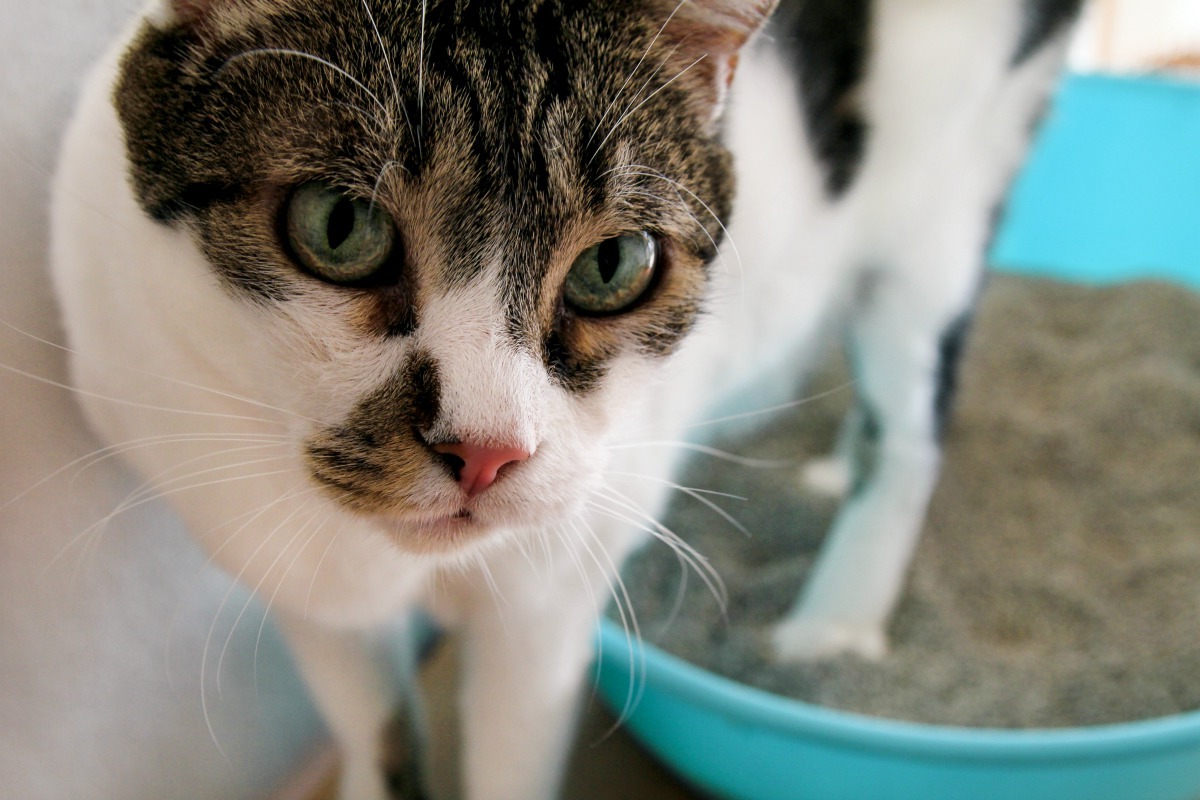
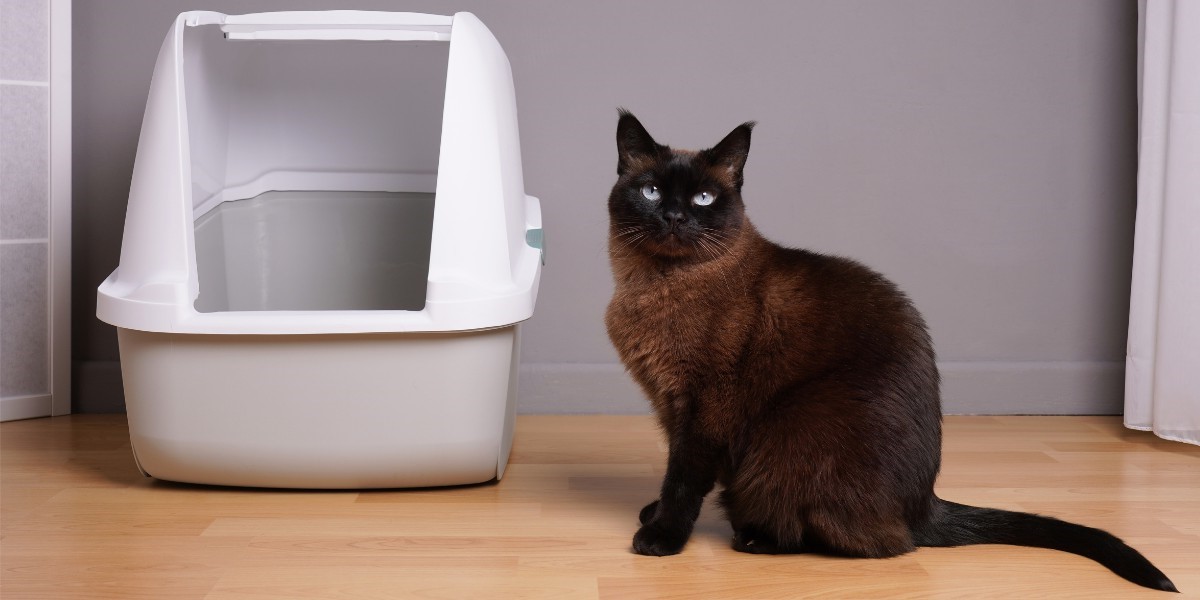
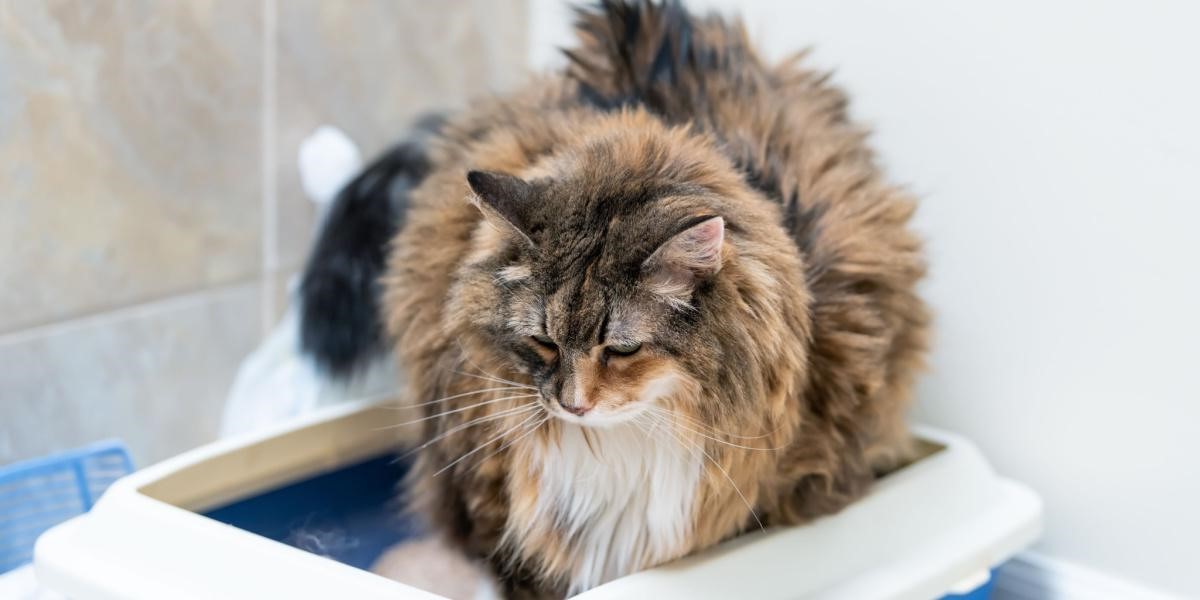
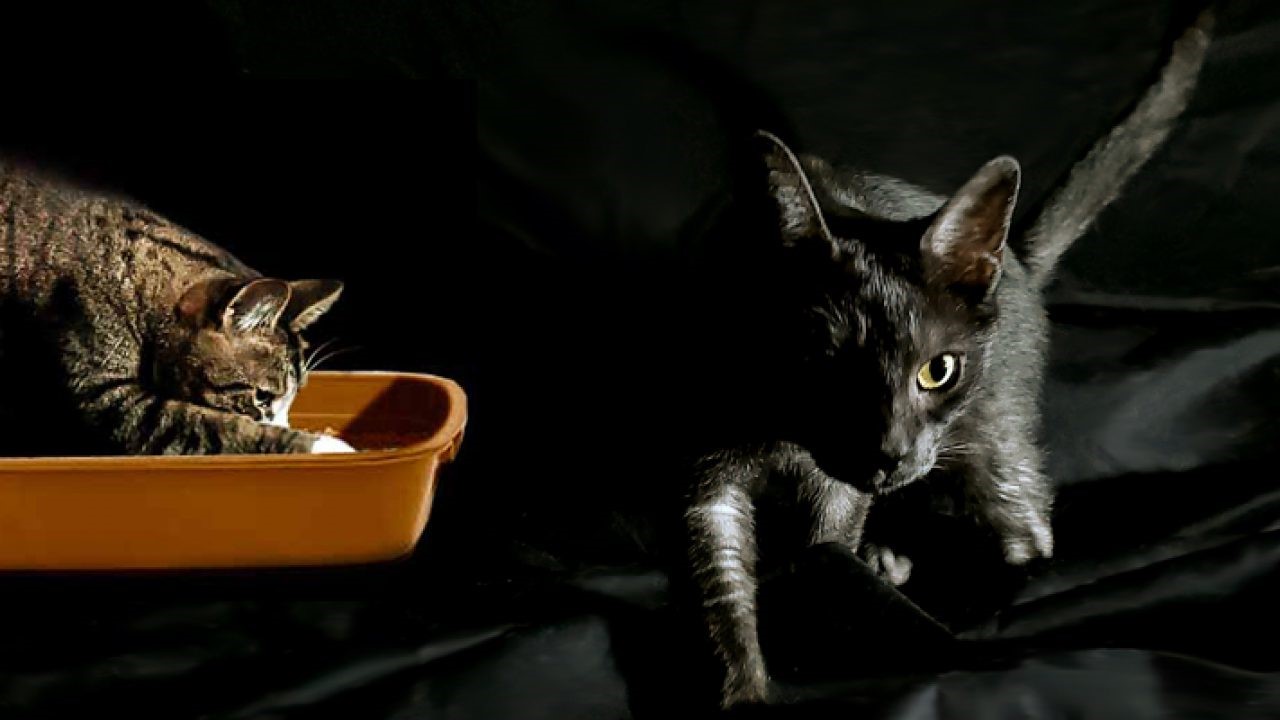
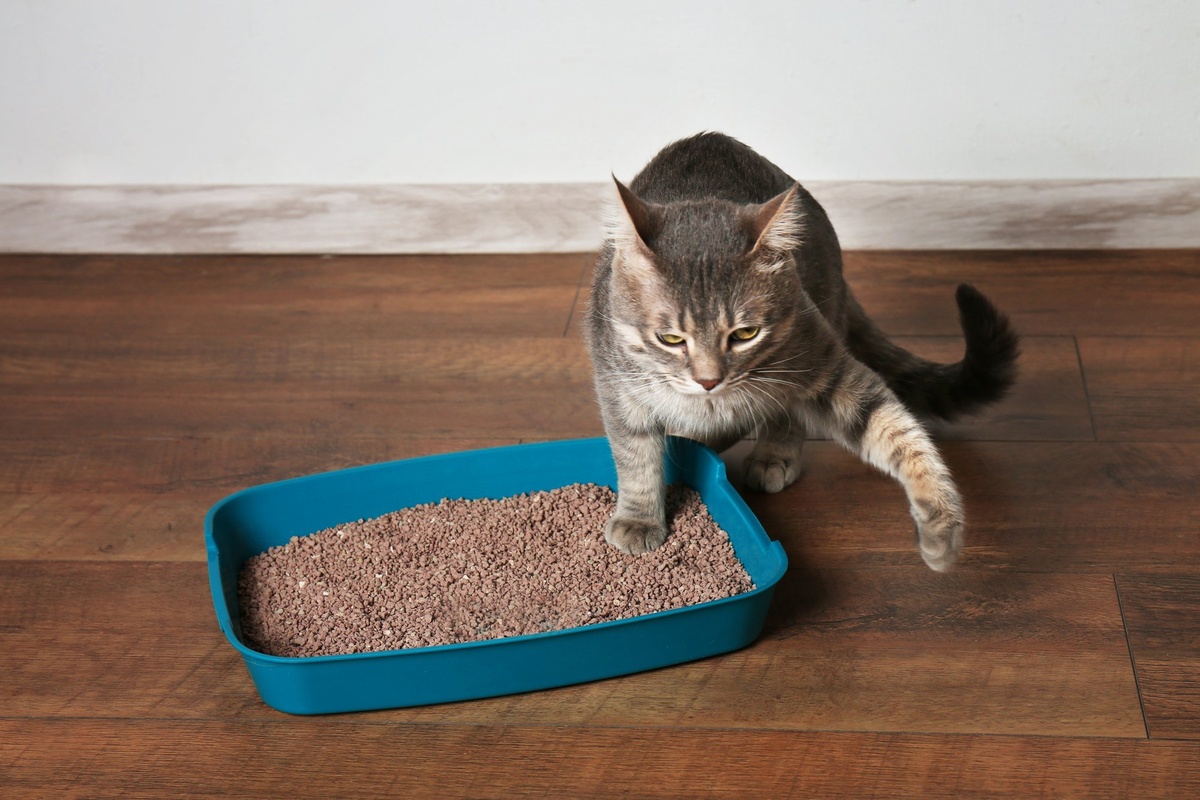
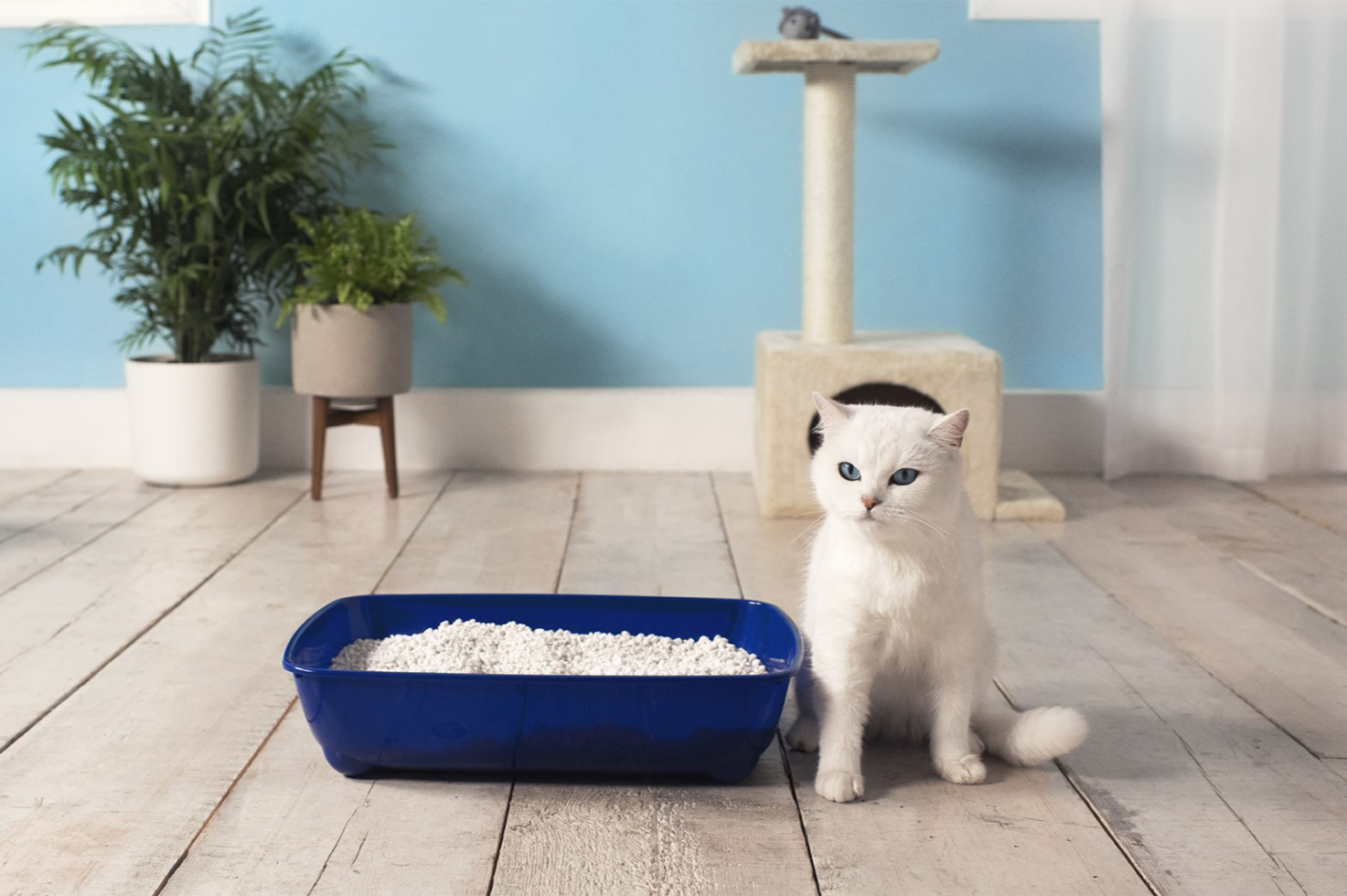
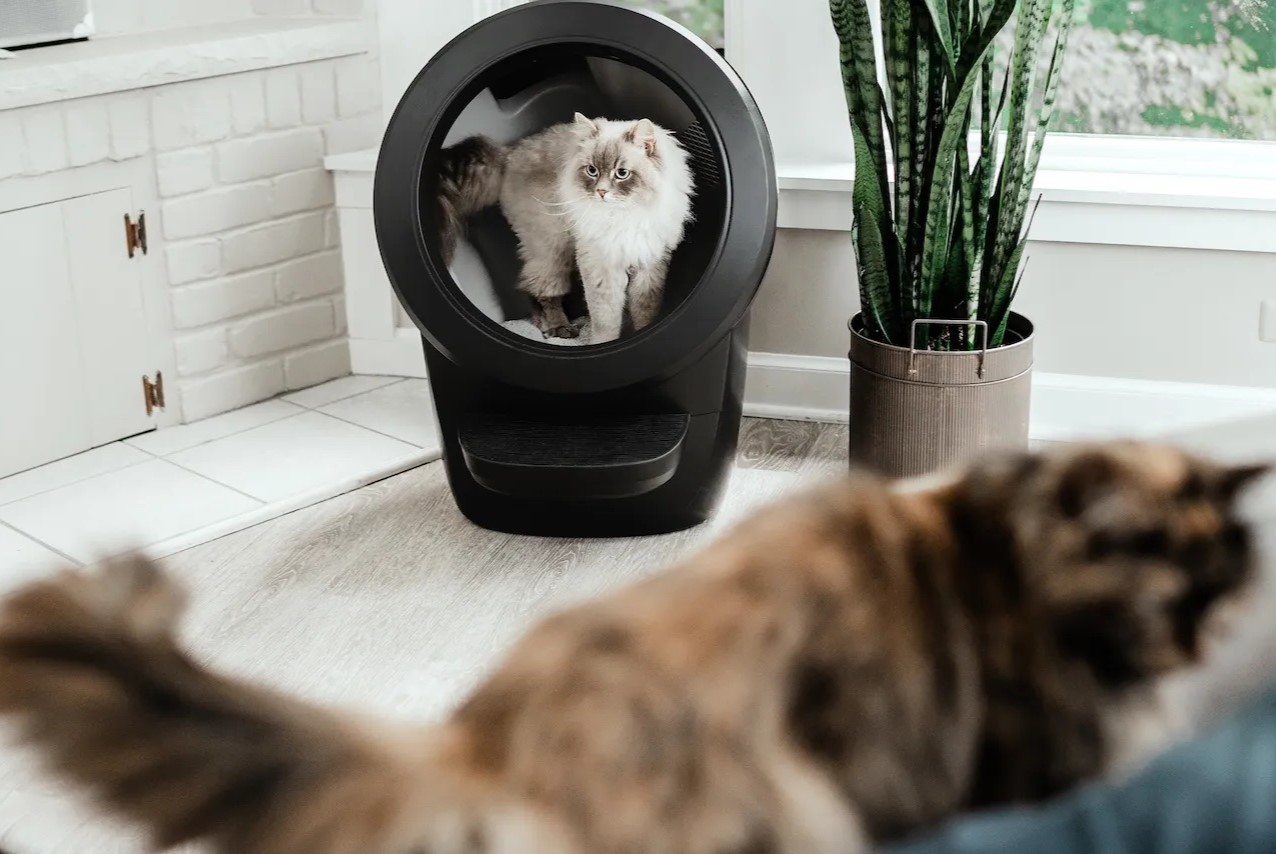
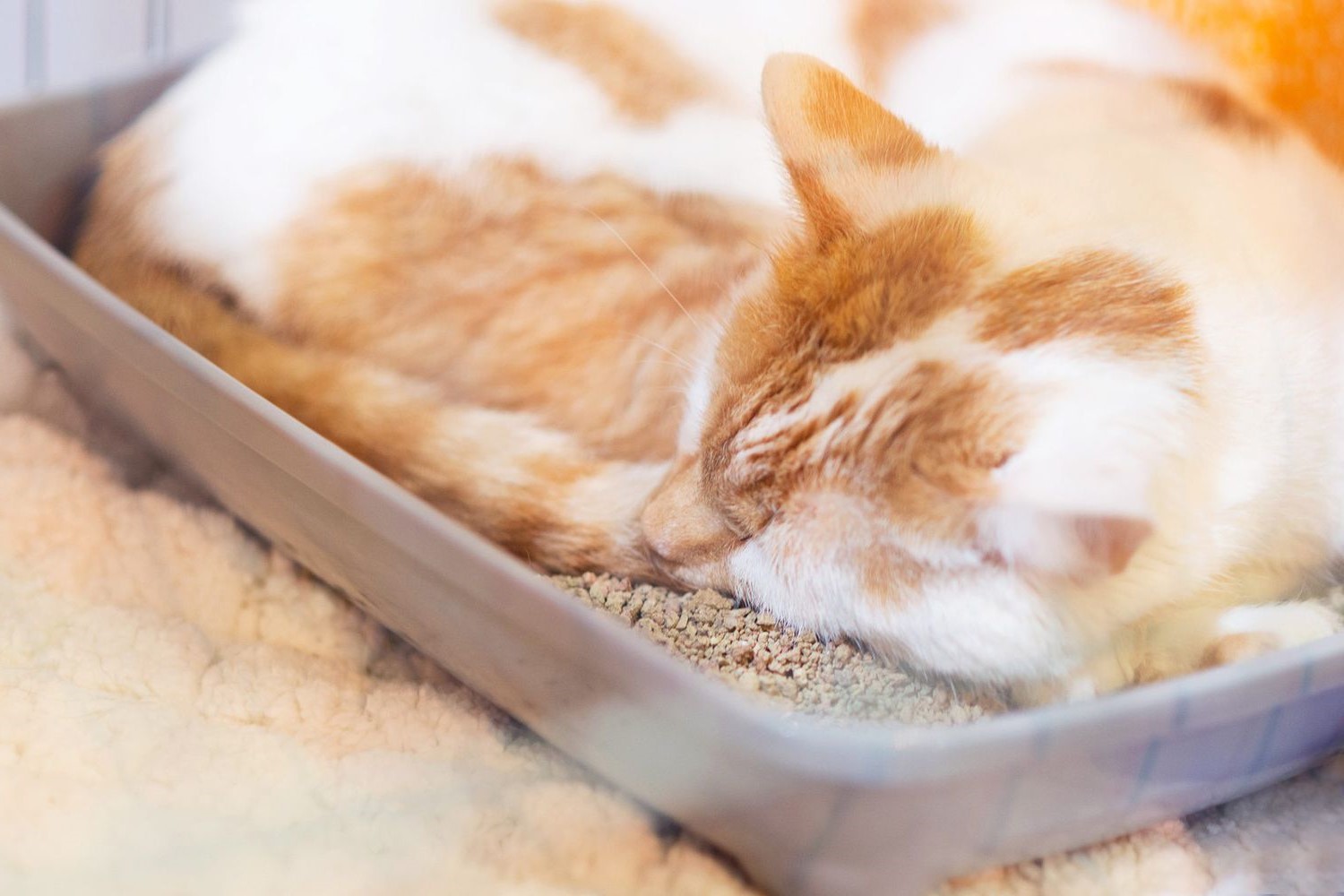
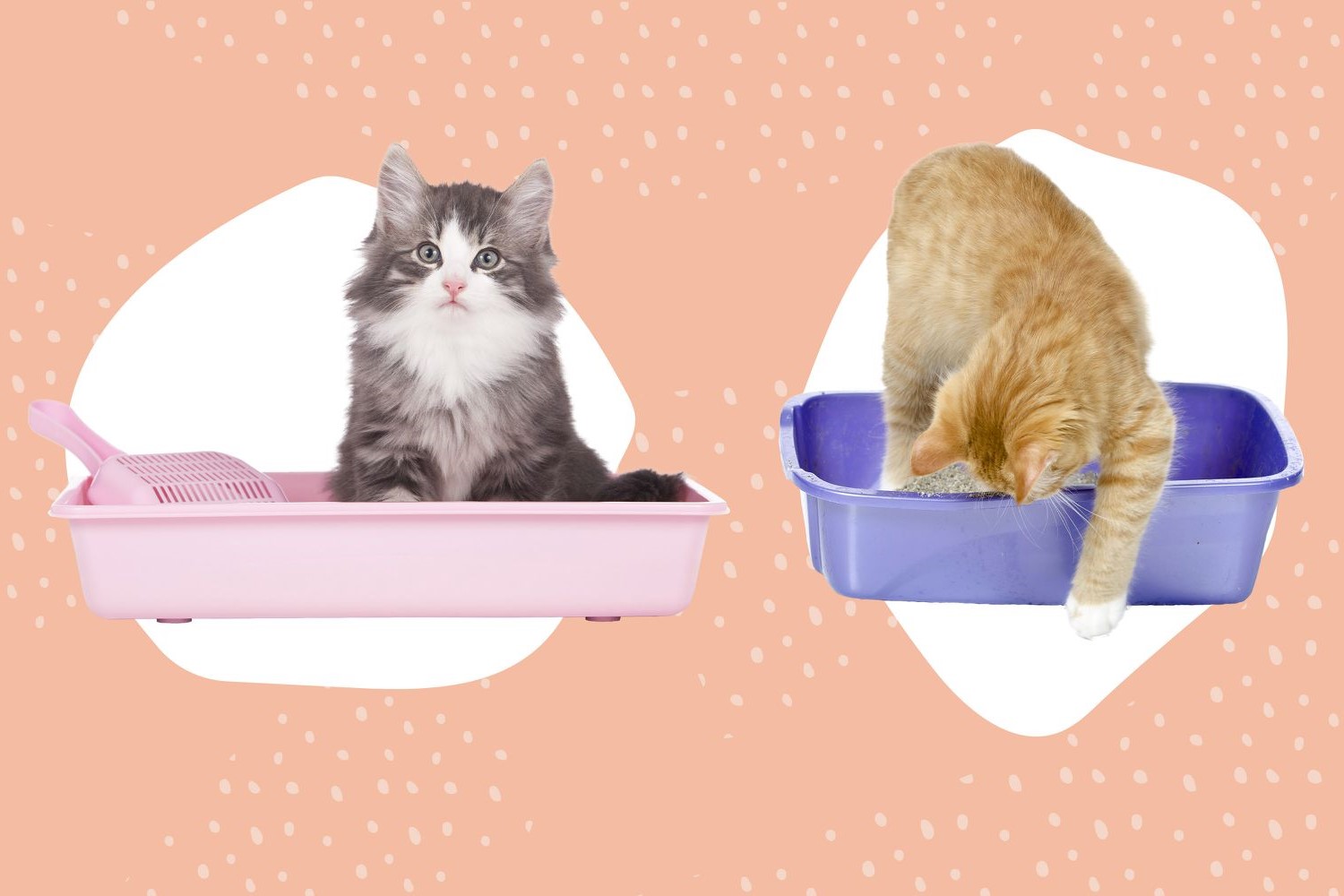
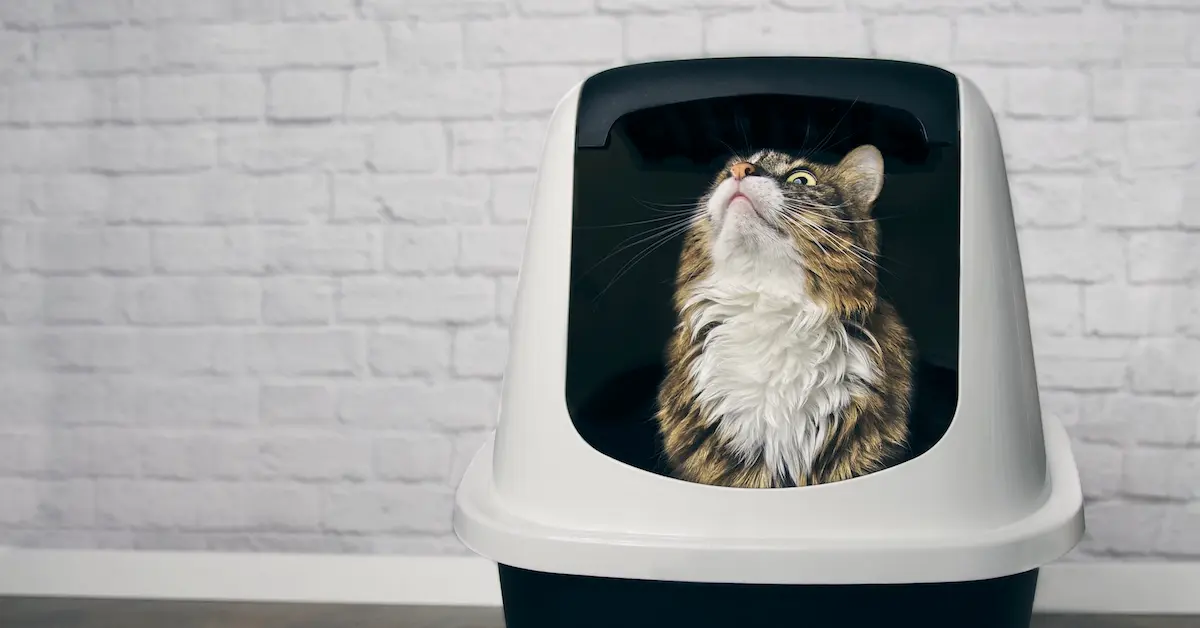
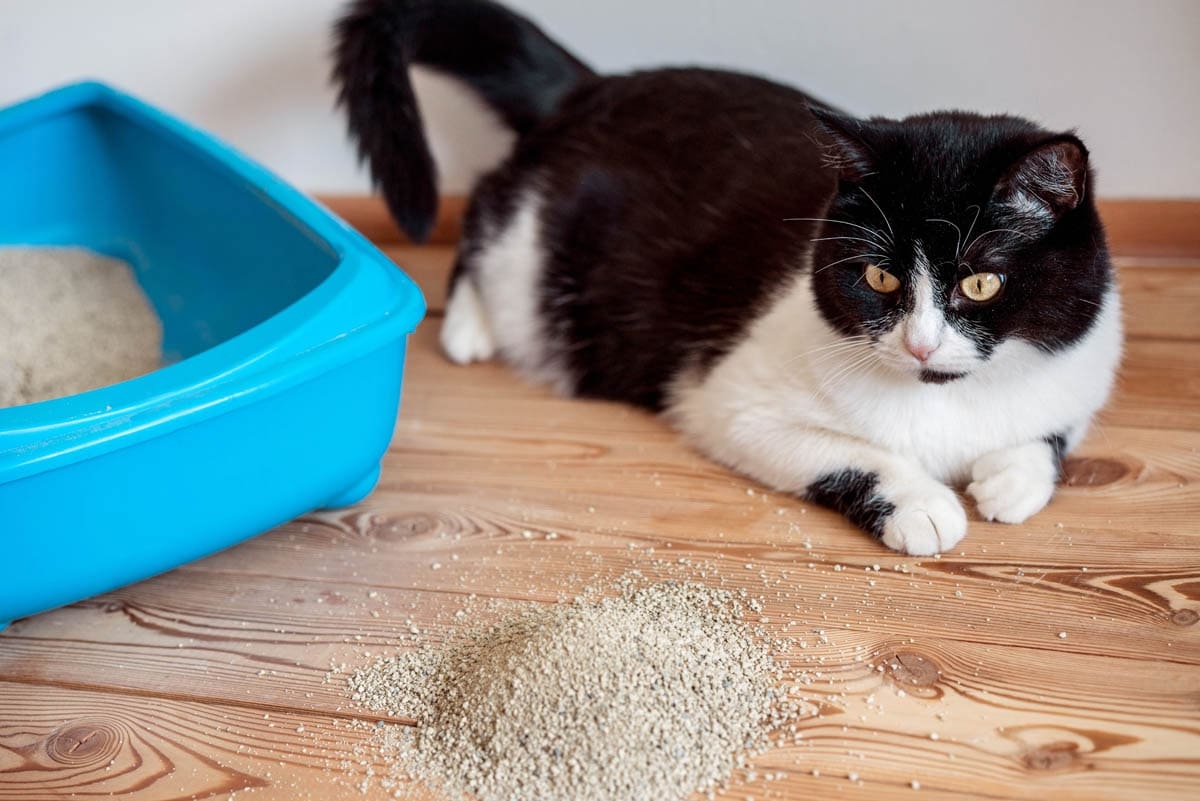
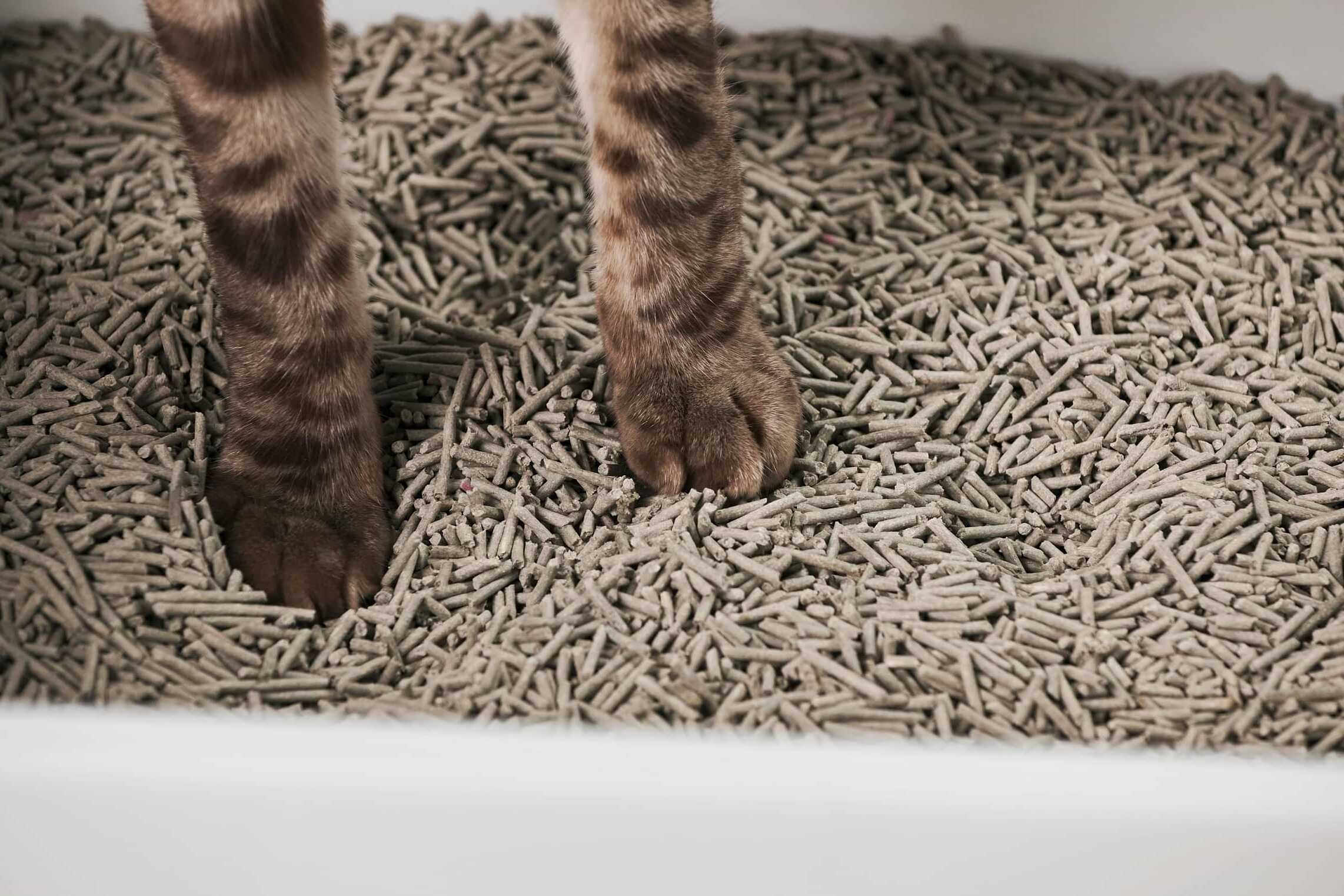
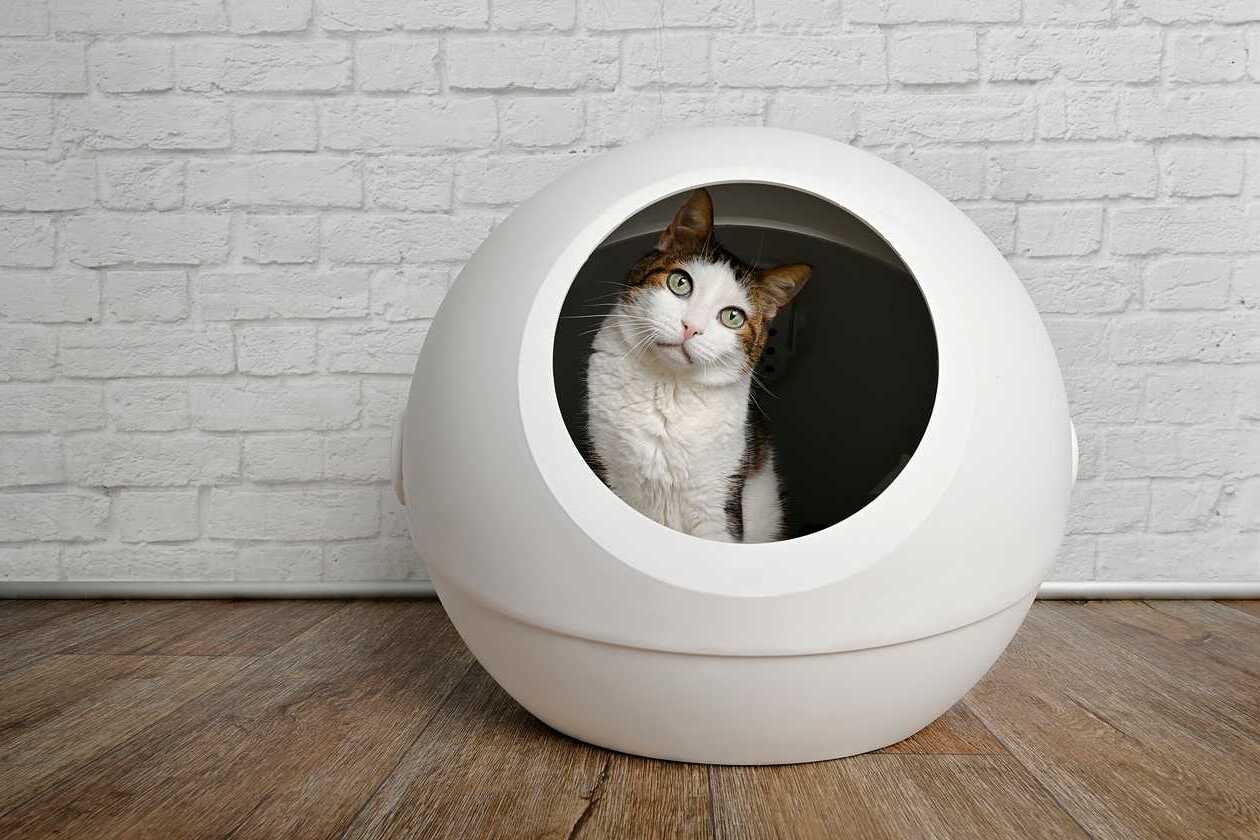
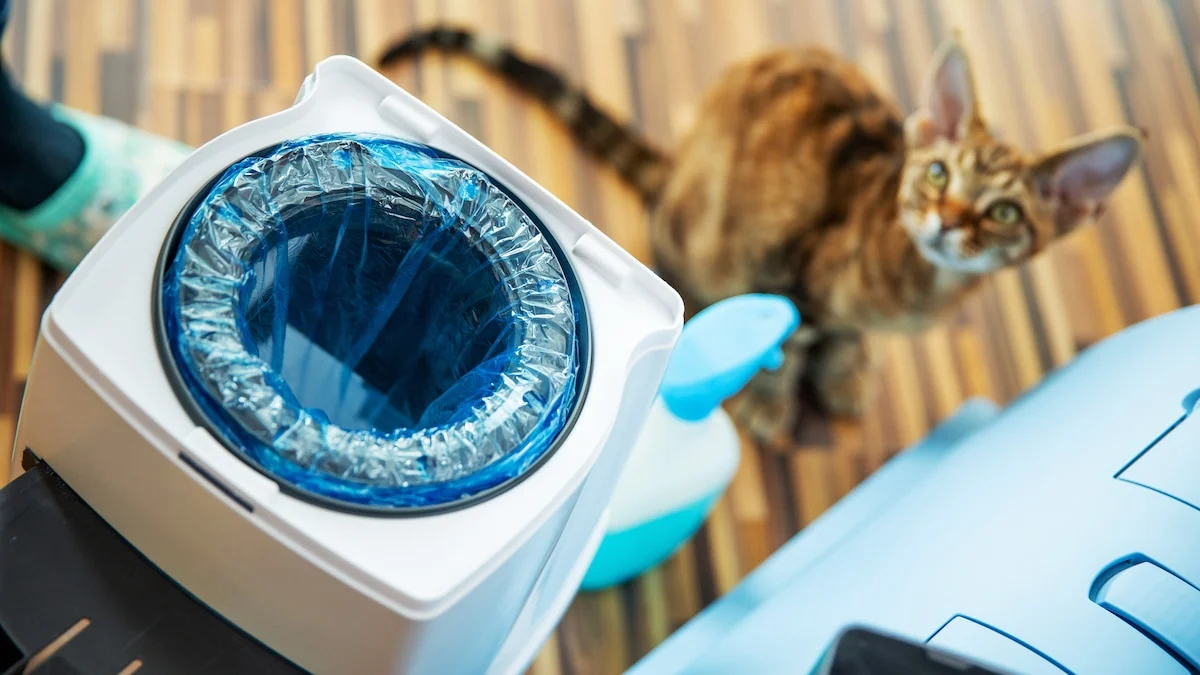
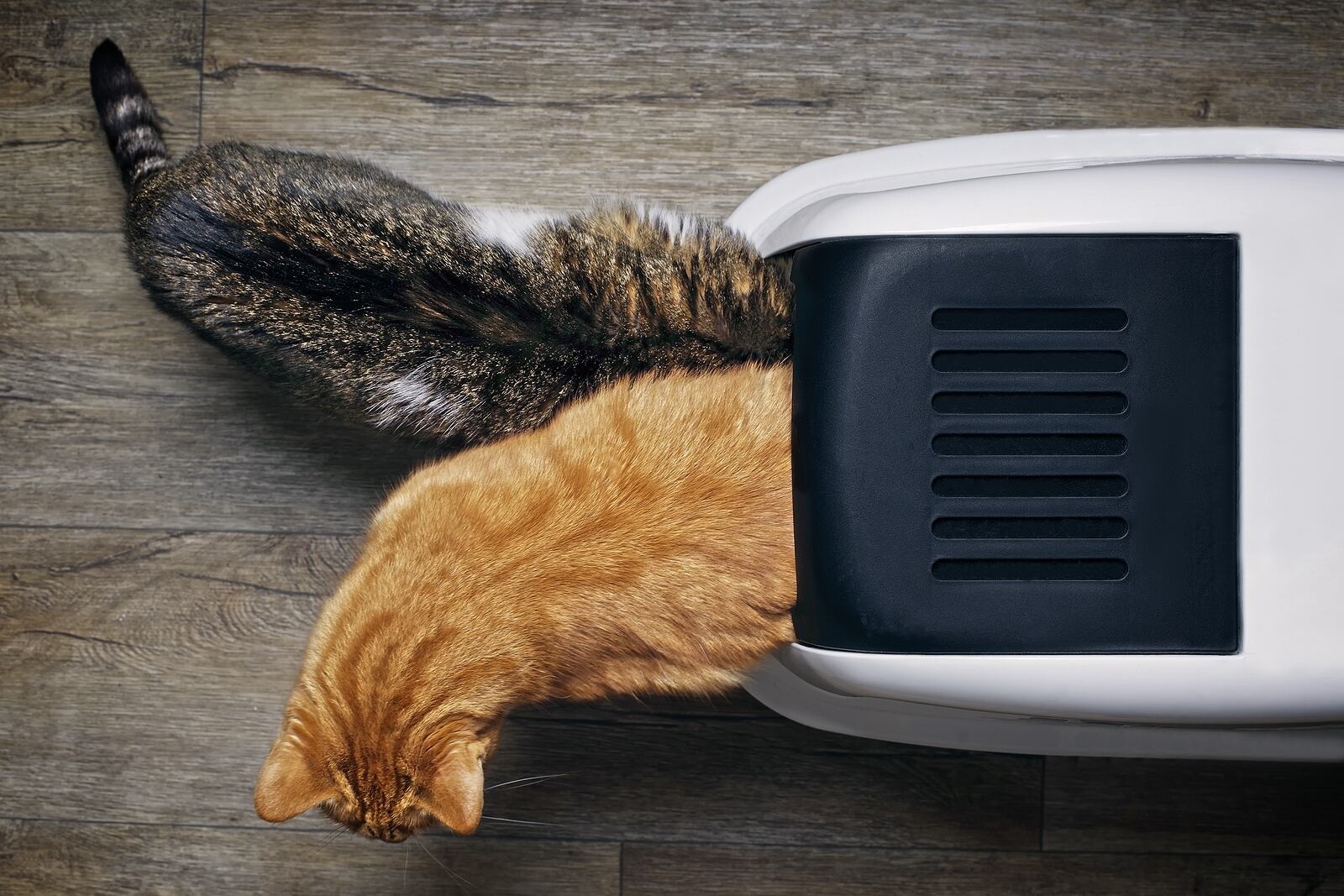

0 thoughts on “Why Does My Cat Pee Next To The Litter Box?”